!Let Us HELP YOU!
We have a lot of curated content on this blog.
Take this simple 20 second Quiz to Help You
Find The Exact Content You Are Looking For!
This is an all-in-one guide on how to produce trap beats that reflect the style of artists like Drake and Future. You will find all the essential information ranging from instrument selection to mixing techniques in order to make high-quality trap beats. Burrowed from The Corporatethief Beats video here on YouTube How To Make A Drake & Future Trap Beat In Logic Pro X . Click The Link to learn more about thier YouTube Channel.

Understanding Creating Trap Beats Guide for Producers
Trap beats are everywhere, from hip-hop anthems to global pop hits, shaping

How to Create the Drake Trap Instrumental Nokia: A Deep Dive
In this blog, we’ll explore the intricacies of the “Drake Trap Instrumental
Table of Contents
- Introduction to Trap Beats
- EQ Techniques for Clean Sound
- Building the Drum Structure
- Conclusion and Next Steps
- FAQs about Making Trap Beats
Introduction to Trap Beats
In present-day hip hop music, the sound of trap beats, has been made to be their signature sound. They are Southern United States native, and they combine hip hop and electronic music, and this is how they developed their own unique and catchy beat. Beatmakers frequently mess around with other instruments and sounds which leads to a huge range of beats that the artist can use, associated with, or implement in their styles.
The notion of making music trap entitles the skill of achieving the exactness of the rhythmic, the instrumental, and creative deviations. To understand this genre, one must be aware of its distinct vocal presence, high tempos, pronounced bass lines, and various synths playing together that give it a hyper energetic and almost cosmic sound.
Understanding the Sound
The very heart of trap music is its unique sound. The main parts are:
- 808s: Deep bass drums that provide the backbone of the beat.
- Hi-hats: Rapidly played, often with varying velocities to create a rolling effect.
- Synths: Melodic elements that add texture and depth, often using a variety of sounds to keep the listener engaged.
To find the right sounds for their beats, producers should try to search different synths and samples. This experimentation may lead to the discovery of an original sound that distinguishes you from the rest in the trap genre.
The Importance of Mixing
Mixing is as important as the beat itself in producing trap music. When the mixing is done well, the track reaches a higher level and to the ear of the listener it is more attractive. Below are some valuable mixing strategies that you should look into:
- EQing: Adjust frequencies to ensure each element has its own space in the mix.
- Compression: Control dynamics and add punch to the drums and bass.
- Reverb and Delay: Create depth and atmosphere, making the track feel more expansive.
Distinguishing a good beat from a great one is actually a matter of time mixing. It is vital to do critical listening of your track and make the necessary adjustments in order to achieve the perfect sound.
Listening to the Beat
Active listening to trap beats can be one of the most effective methods to enhance your trap beat making skills. Focus on the interaction between various elements. Discover the arrangement of sounds and how they take part in creating the track's general atmosphere.
Dissect the arrangement of the beat, especially the parts such as the intro, verses, and chorus. This would pave the way for you to comprehend the most suitable layout and flow in trap music. Diverse listening of artists not only focuses you on the different styles but also the different techniques used.
WEBSITE RESOURCES FOR MUSICIANS
The First Synth: Oriente
Oriente, which is a mighty synth, is a scale of creating unique trap sounds. The enormous synth can generate a huge range of tones that are suitable for trap music. Here are the steps to make the best use of Oriente in your productions:
- Sound Design: Experiment with different presets to find a melody that resonates. Oriente can create everything from lush pads to sharp leads.
- Widening the Mix: Use stereo spread techniques to give your sound more presence and depth.
- Adding Effects: Incorporate reverb and delay to enhance the overall atmosphere of your track.
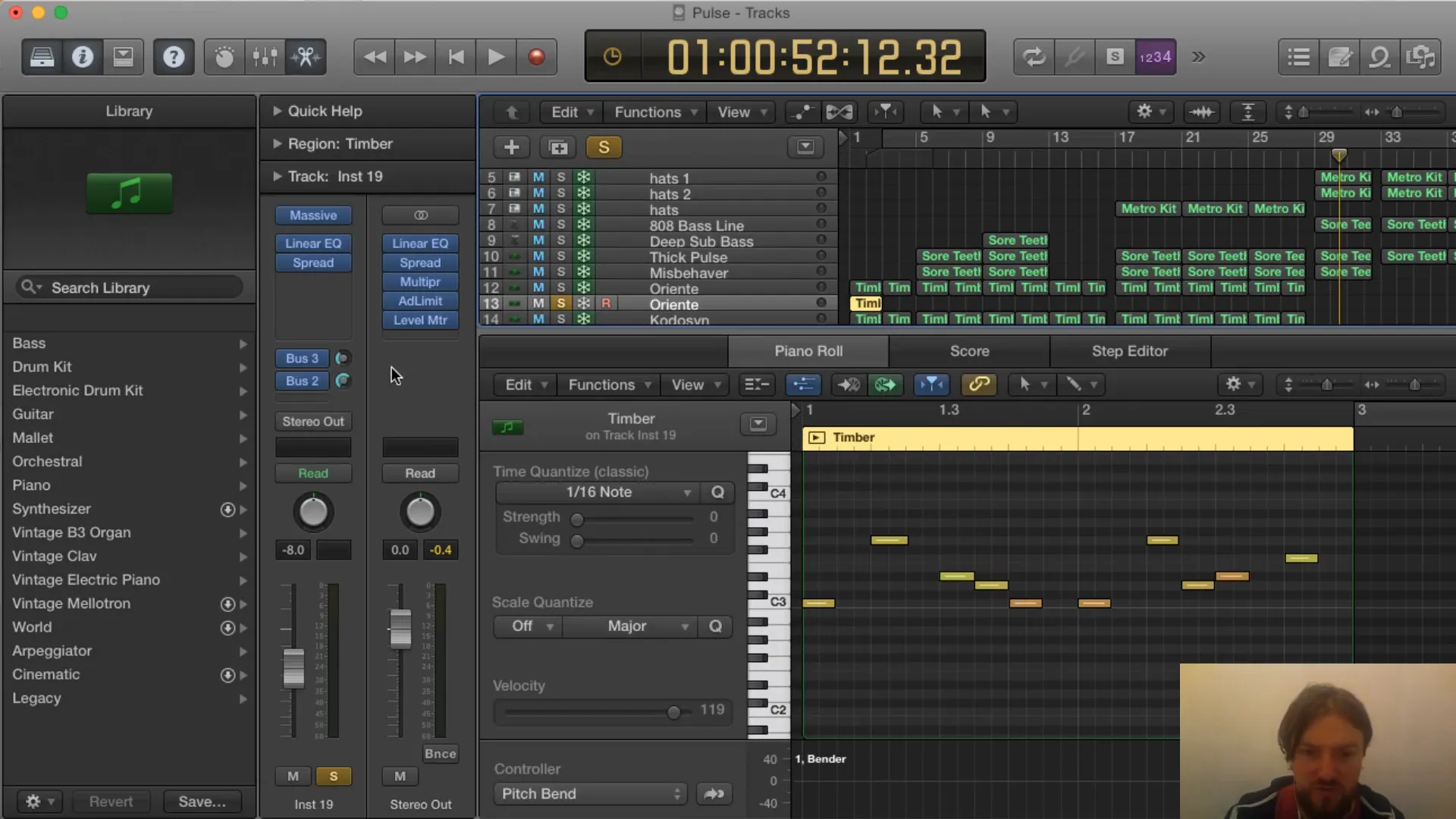
At our jumps, we can freely master the Oriente synth, turning the jazz and trap beats into an original track. The best thing about this synth is that it can be used in different ways and create sounds that nobody else has imagined. As such, it is an important tool to have in the sound engineer's toolbox.
For those looking to dive deeper into beat-making techniques, check out our article on Ramzoid 808 Cooker Plugin review for insights on how innovative tools can transform your production process.
EQ Techniques for Clean Sound
The trap beats achieve an artificial intelligibility and a polished sound only when equalization (EQ) is of the very highest quality. The first step is the removal of the frequencies that dirty the mix. For example, things below 200 Hz can often be removed from non-bass elements to get rid of the unnecessary things.
Increasing specific middle range frequencies will improve the clarity. A little rise near 2 kHz can assist the vocals to stand out the mix. Be cautious, the key is to make it subtle; even a small change can alter the overall sound remarkably.
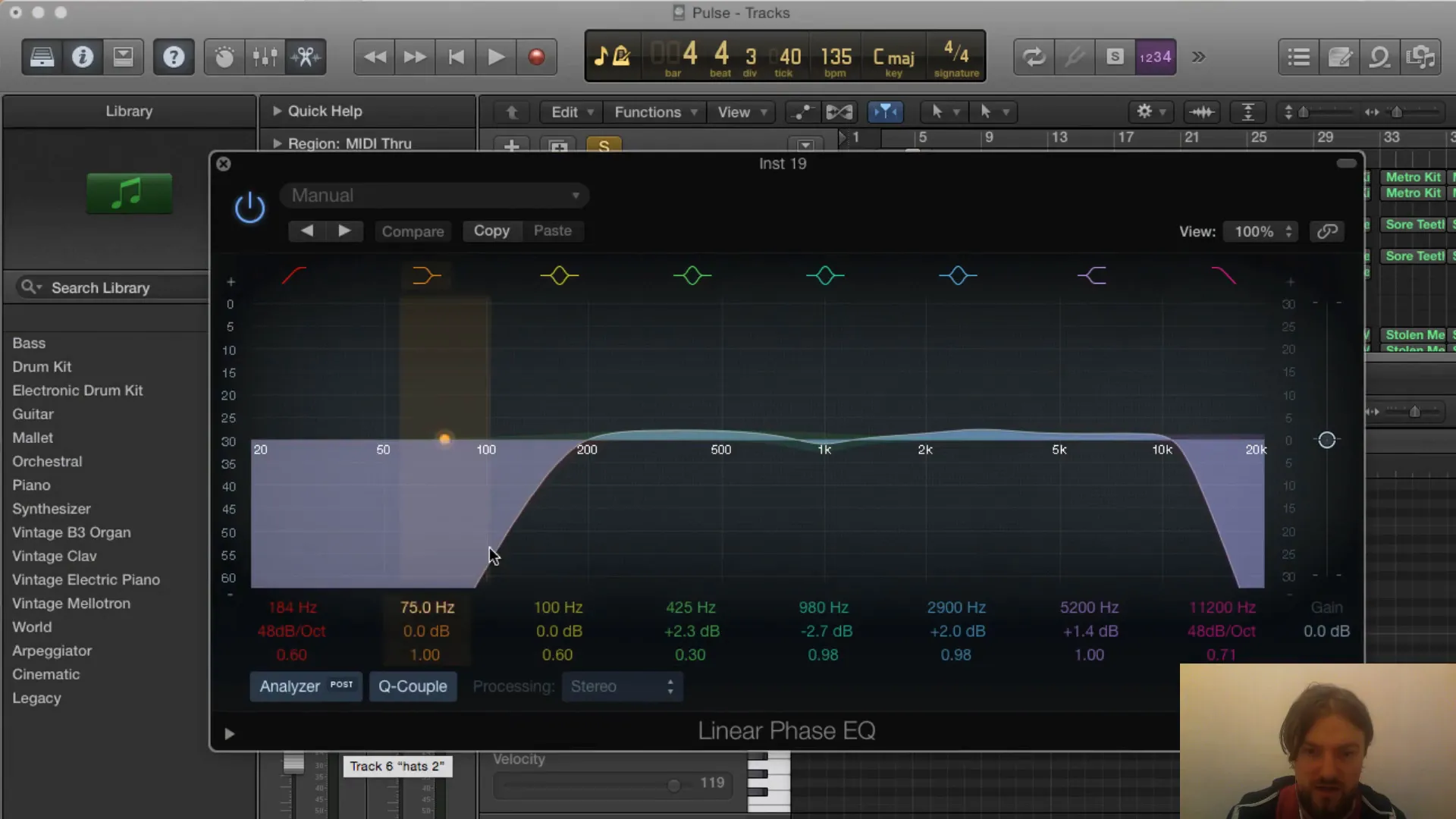
Linear EQ is the best tool for making fine adjustments on the frequencies because you make your changes more visual. If no one can actually determine if you made any adjustment, it is advisable to reassess what EQ you are using. To be able to achieve that, you must first be able to give each sound part in your instrumental a unique sonic space.
Adding Kodosin for Texture
Kodosin is a nifty synth that will not just populate your trap beats but also enrich it with a warp and particle sound. Its special harp-like sound can be used in a laid-back manner to partner beautifully with other instruments. It is recommended to cut frequencies below 200 Hz while using Kodosin to keep the sound clear.
A slight middle-frequency bump might be able to bring the element's presence up in the mix without any risk of a collision. The addition of a slight overdrive effect would also benefit this section by reaching a fuller sound. The compression that similar effect might impart illustrates how the sound might sit in the mix a little bit better.
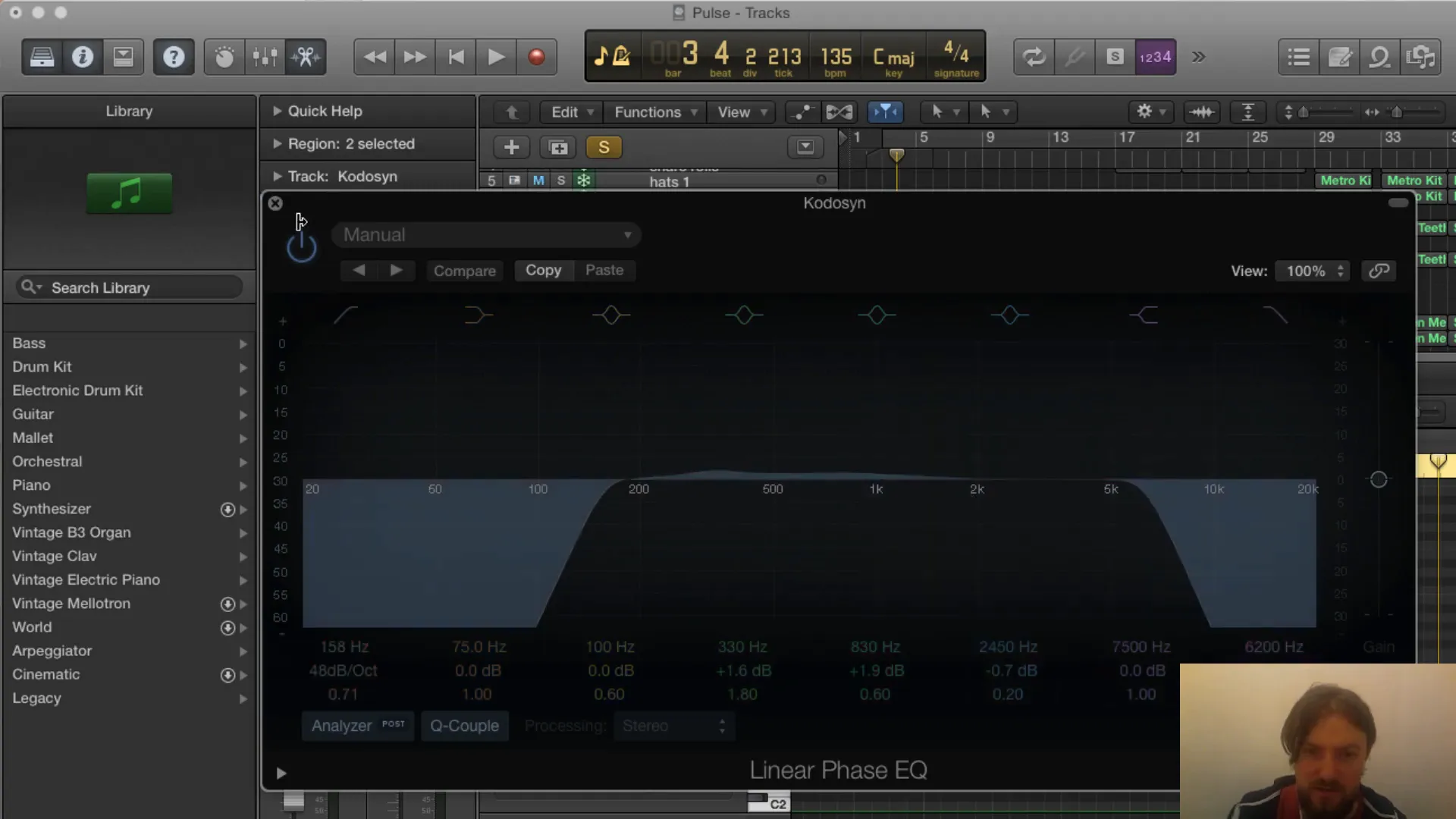
Dreesin, in combination with other synths, is capable of emphasizing plucking sounds thus, the overall texture becomes richer. Its being discreet is the reason why sometimes it may not be easily identified but be sure it is important in the track being full.
Creating Unique Effects
The addition of effects that are unique to your sound is one way of making your beats stand out. One such technique is pitch bends that emulate downward-spiral or back-to-the-start effects on a record. The result of this effect will be your sound entering the active state instead of just simply showing a part of your sound that is moving the sound to the side. It can also be the contrary to this that the movement of the sound is the only thing that is making space for the other thing.
For this procedure, use automation clips to change the pitch. You are advised to employ this technique only moderately to prevent it from falling into overuse thus, the effect will always be new each time it is used.
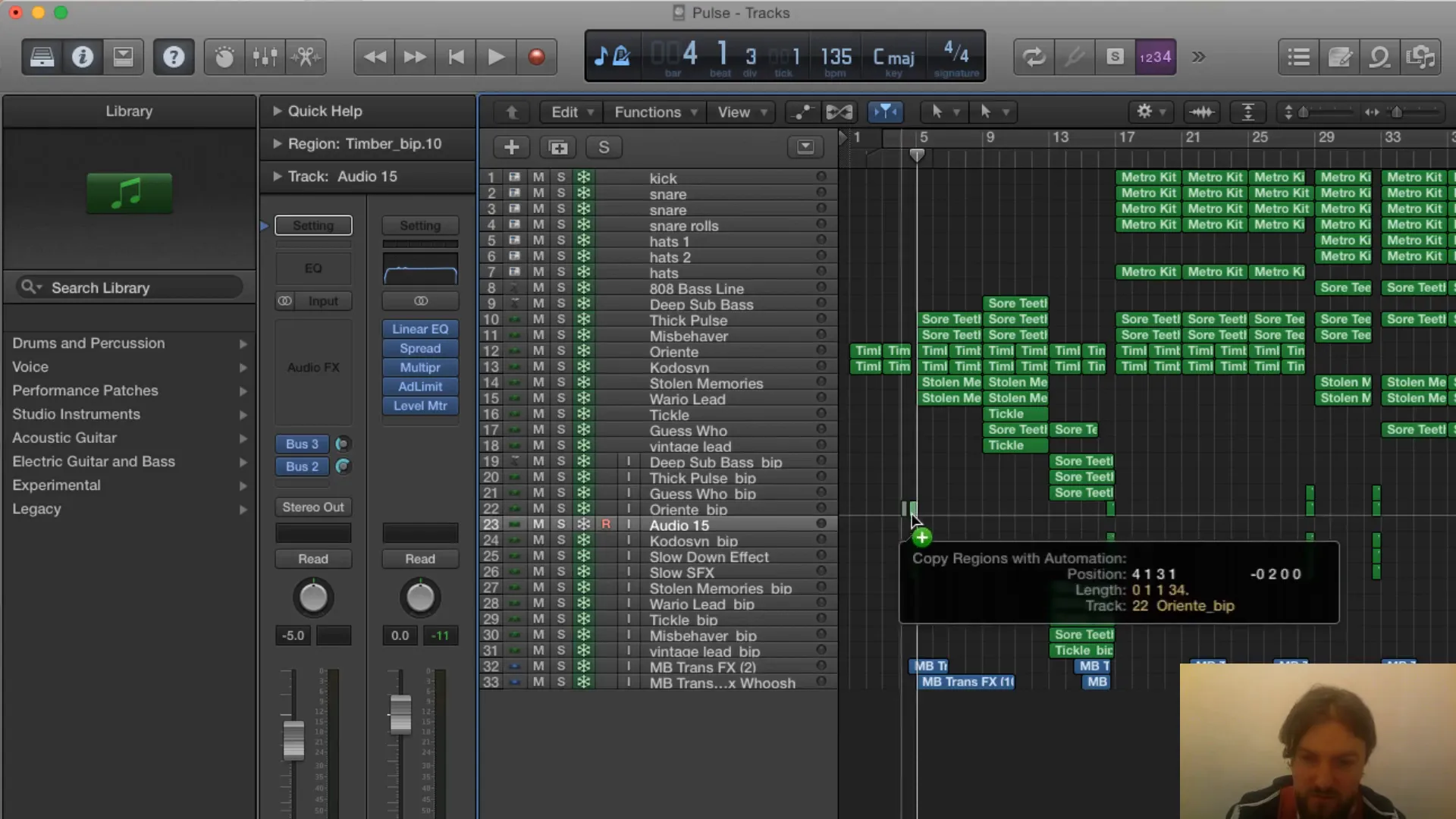
The effects in this case are appearing as transitions, emphasizing changes in the music track. They are able to join parts, thus improving the flow of the whole track and giving to the musician a chance to keep the listener actively participating.
Incorporating Sawtooth Synths
Oscillator of the sawtooth wave is the primary one in the trap music. It is the main oscillator of the trap music expanses. The sound of the synth is intense and very aggressive. Use a tight EQ with a cutoff frequency around 100 Hz for sawtooth waves. You create the place for the kick and sub-bass that can fill it and thus have a well-balanced mix.
Try a variety of sawtooth presets to get the best fit for your track. The point is to reach a sound like that which whirls and positively influences the overall feeling of your beat. In order to avoid the listener harshness, you should control the higher frequencies.
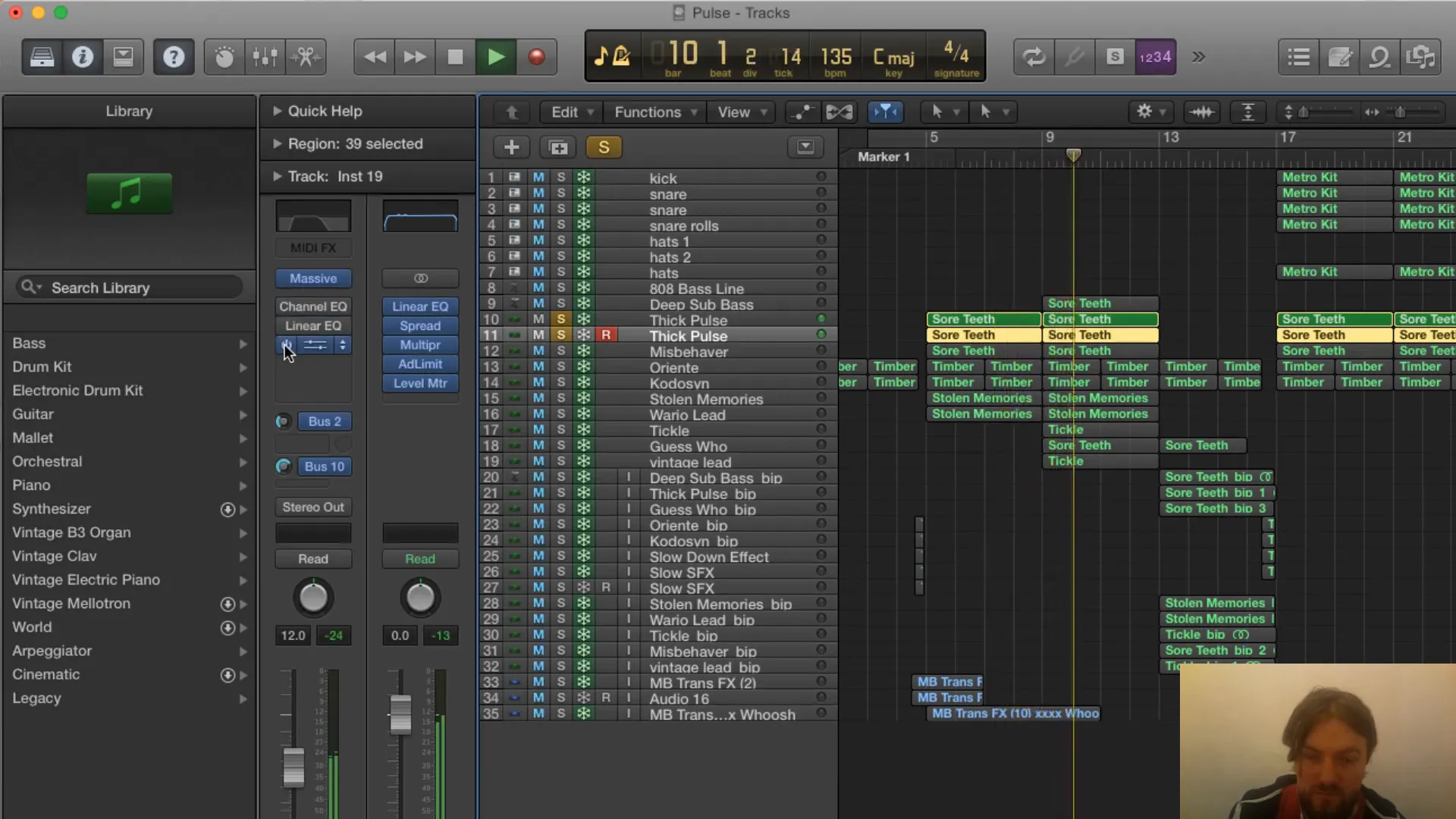
Denseation of different sawtooth burstlizers can create a fuller sound palette. In the company of the other units, they may also cause dynamic shifts in the arrangement, keeping your beats new and interesting.
Adding Percussion Elements
In the trap music, the percussion is the very important element, as it is the source of the rhythm and energy. Add hi-hats first, and then pile up them to establish the rolling note. Try different velocities for the hi-hats to be more assertive and mi.e them more organic.
Claps, and snares are such awesome tools to add accents on specific beats. You might also think about incorporating some samples that match the sounds you've already used but also provide a unique individual touch. This layering is going to give a boost to the groove and listeners' interest will be kept.
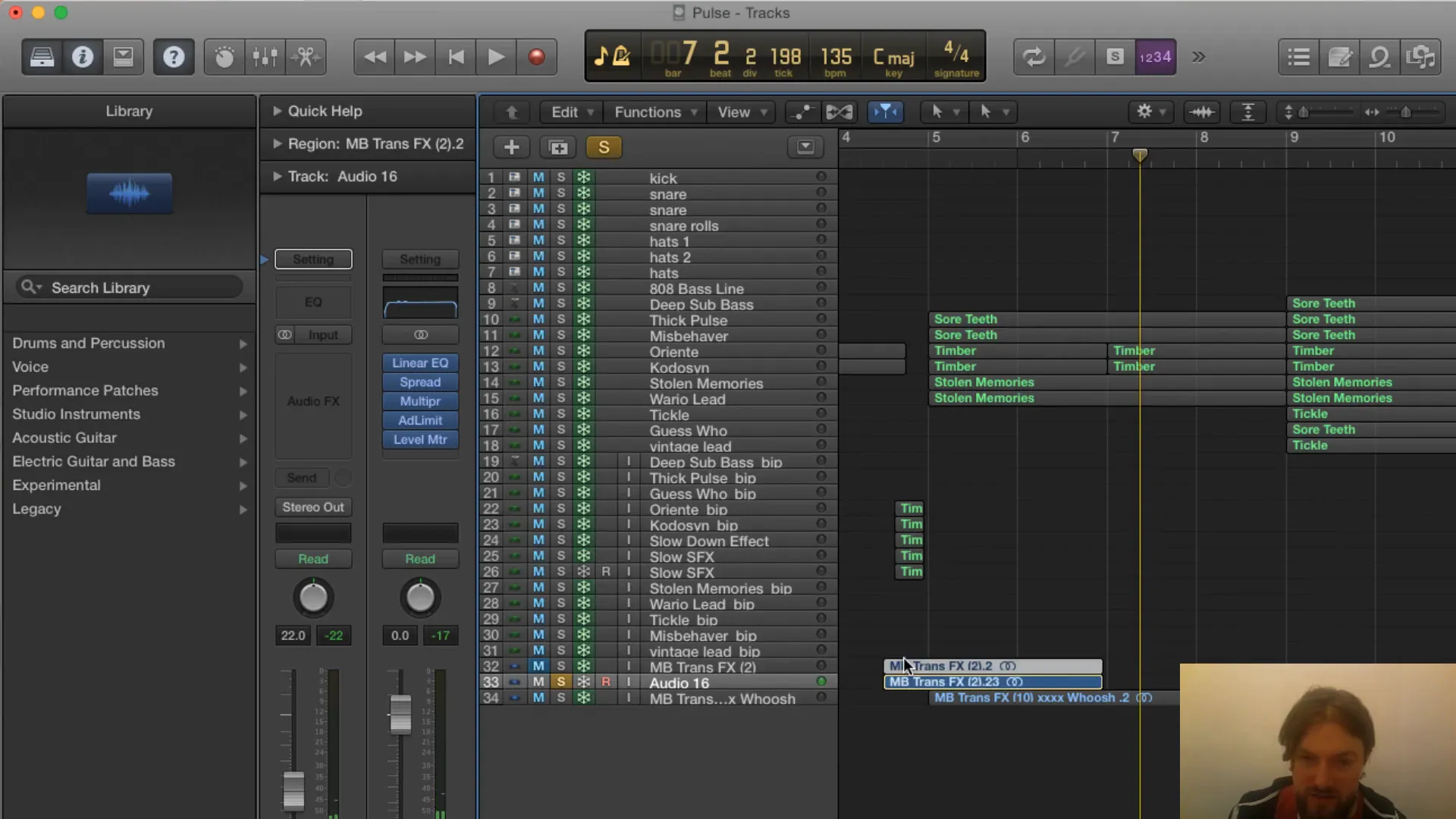
Keep in mind the extra percussion instruments like shakers or tambourines. These can fill out spaces and thickening the beat with their textures. The crucial point is to achieve balance; each component of sound must add to it without dominating the base elements.
Building the Drum Structure
Solid drum structure building is crucial when you want to know how to make trap beats. The main role of drums is to lead the rhythm and set the energy of the track. Begin with a kick that is easily heard in the mix, and it would normally hit on the two and four beats of the measure. Thus, you have formed a good foundation for the other elements.
Adding snares and claps in layers is a useful technique to do. With a reverb snare, which is added to a normal snare, depth and thickness is achieved. The approach improves the snare's presence and it also brings in a unique texture that goes well with the overall sound.
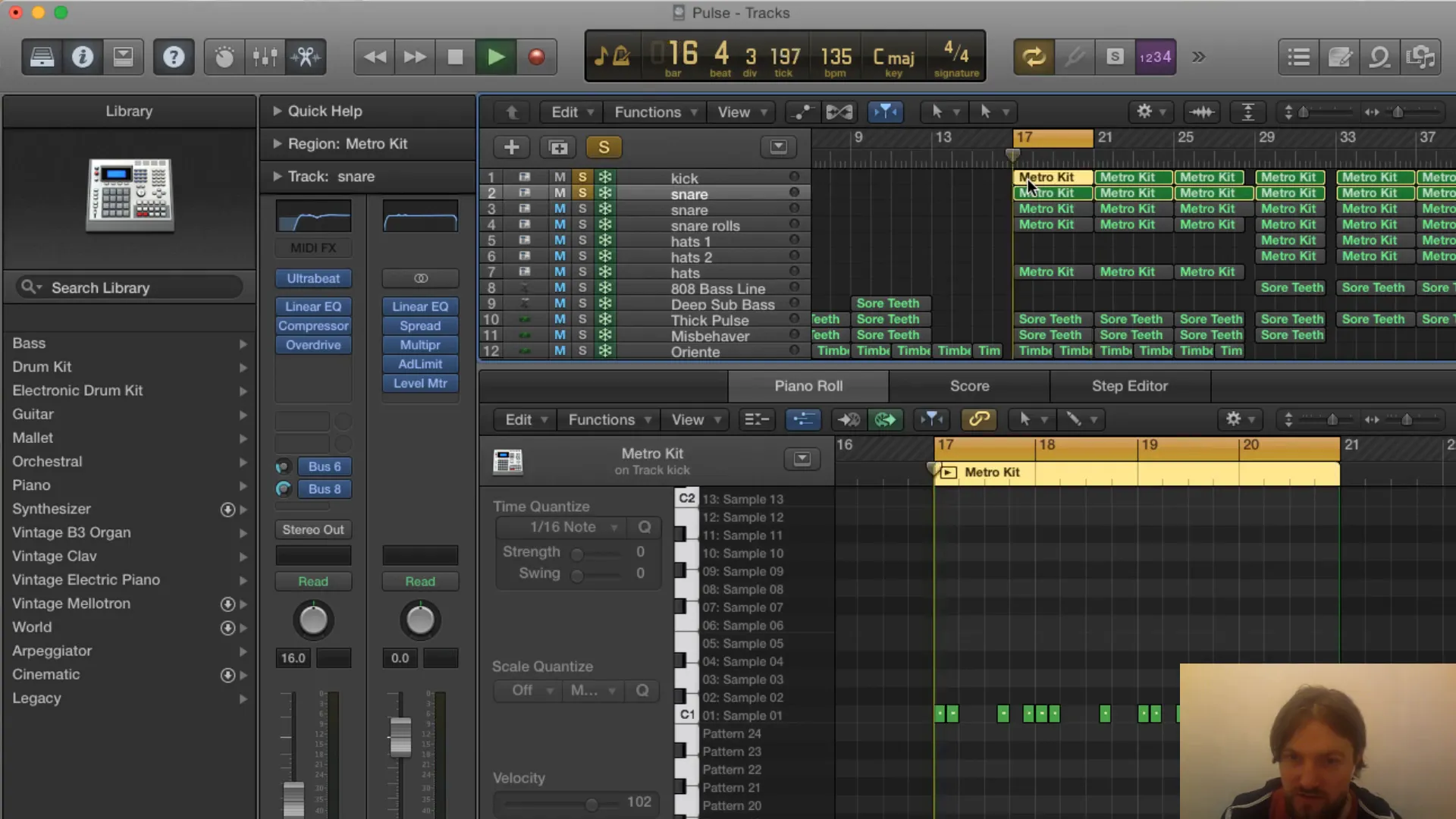
HS-Hi-hats are important in Trap music, usually, rapid patterns are played which gives a rolling effect to the music. Try to incorporate different velocities and placements, to give your hi-hats a more natural feel. For example, you can accentuate certain hits while keeping others less strong to maintain interest in the whole beat.
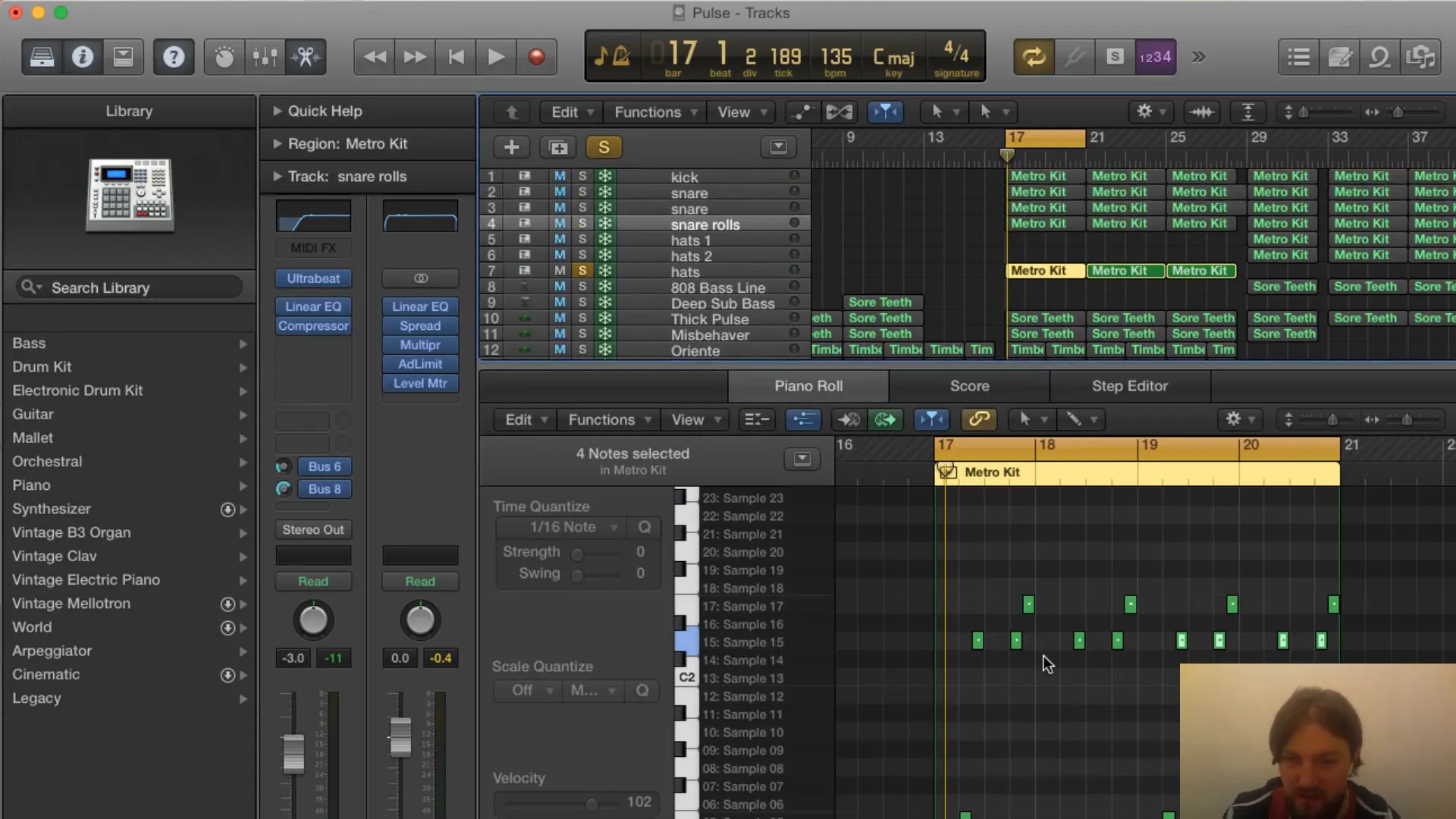
Be careful not to underestimate the role of percussion tools such as shakers or tambourines. Instead of being additional pieces to the puzzle, they can provide the melody with rhythmic complexity and fullness, without congesting the mix.
Creating Dynamic Verses
Trap beats are in the verses that need to be upbeat and dynamic. Are there any other instrumental alterations that can be made through the sections? You can vary the introduction of some instruments and the modulation of others to make the listener interested. As an illustration, think of adding a specific sound or synth for every verse to keep the beat interesting.
The deliberate use of silence in an effective manner can also serve to increase the impact of your verses. Interjects or lower segments during which the rapper can recite their lines traditionally would be joined with the above-mentioned is a contrastive view. This difference is responsible for the stress that the aforementioned parts have and that leads to a deeper awareness of the major elements in the craft.
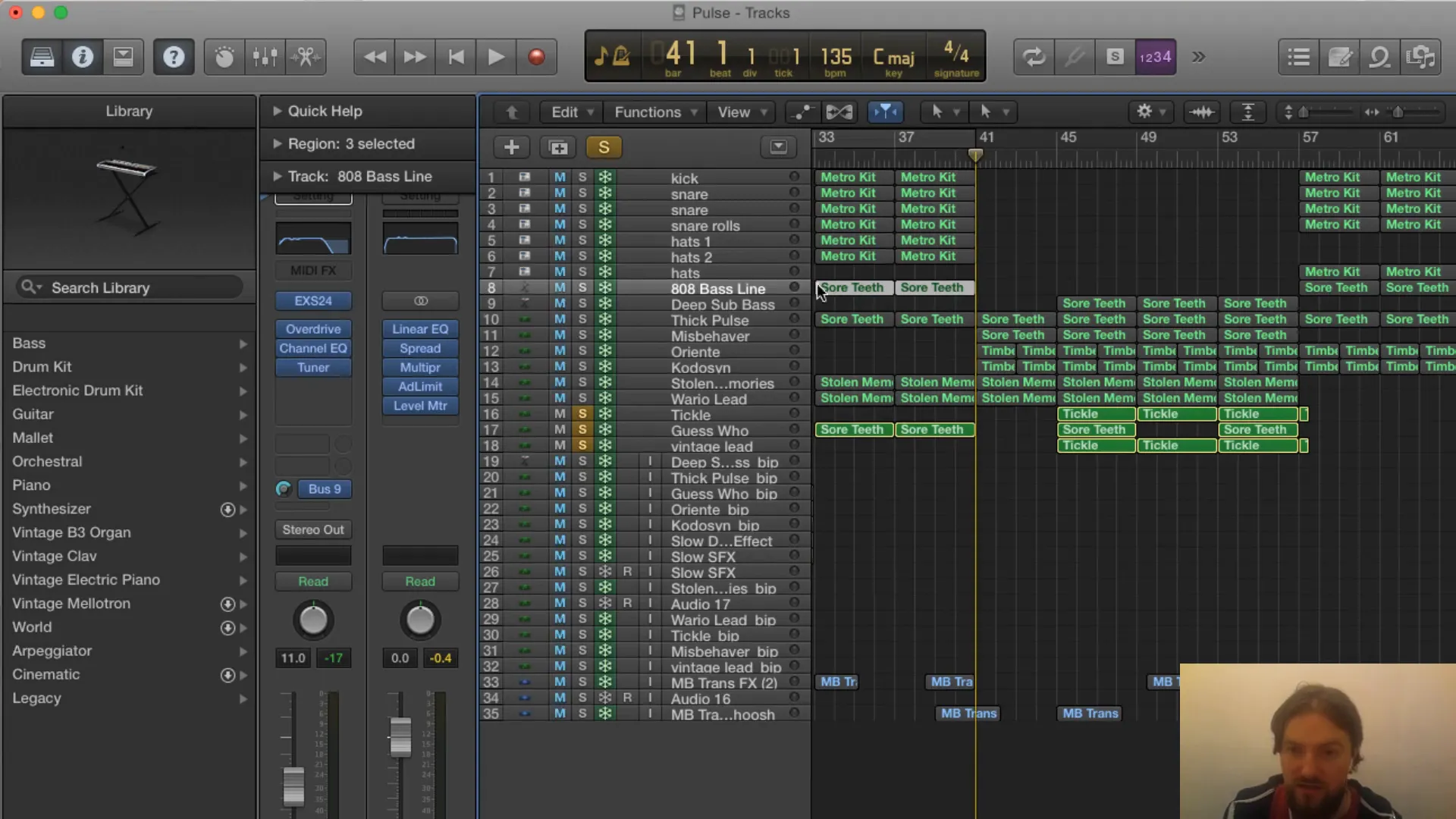
In the arrangement of your verses, it is advisable to always have a balance between complexity and clarity. A variation of elements beyond the required number can be quite overwhelming for the listener, while a lower number can leave the track feeling vacant. Strike the balance where your verses are multidimensional and textured but still understandable.
Finalizing the Beat
The last step to finishing your beat is to integrate everything. You need to payoff the initial step which is the balance of all elements in the mix. Work with EQ to make room for each instrument to create a frequency range that they won't overlap. It would be this way that your beat would sound clearer.
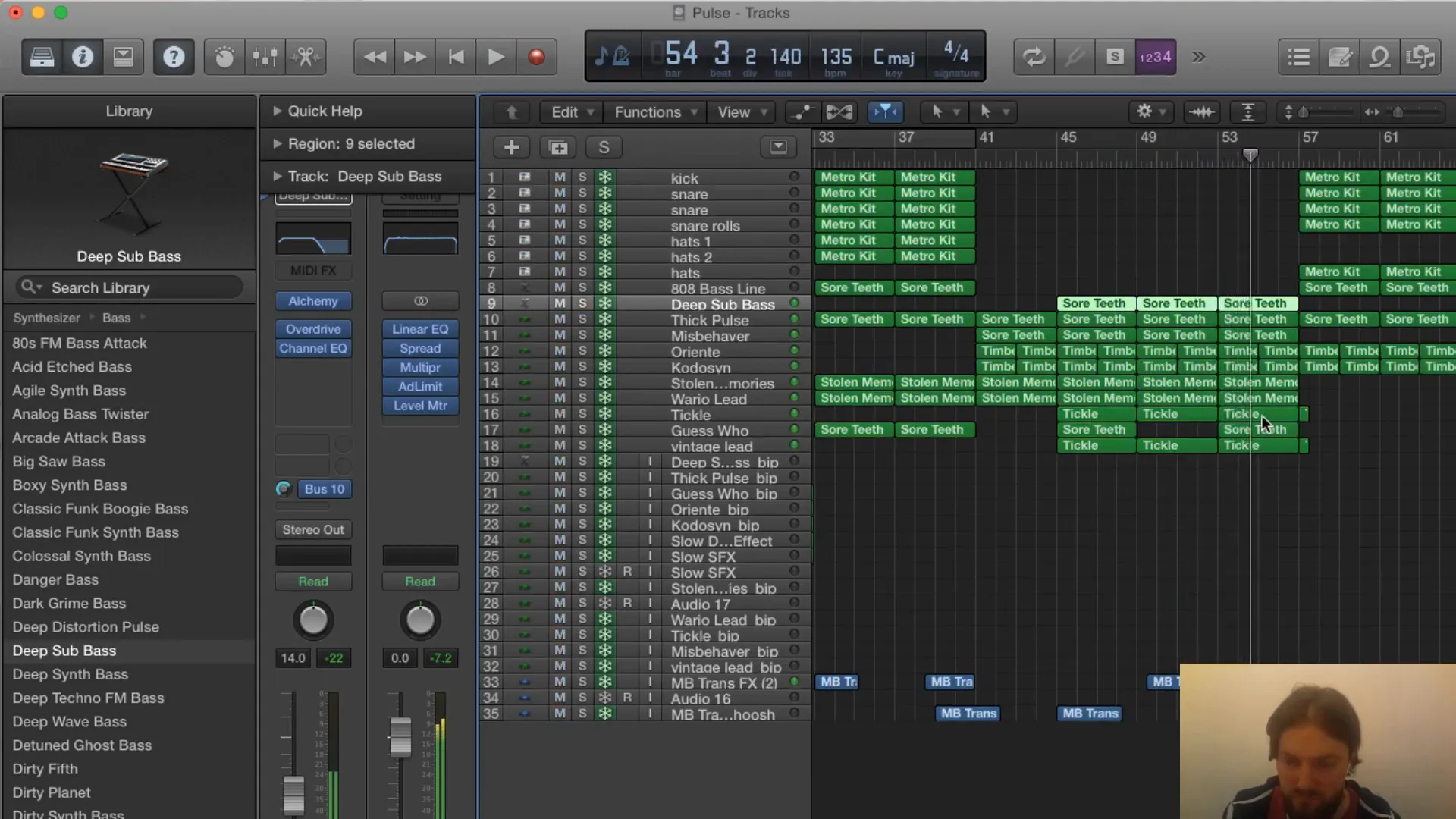
Then, pay attention to the transitions from one section to another. Coordinate the changes of the verse and the hook to give it a more natural flow. Automation effects, such as fades or pitch bends, can be used to create the transitional link that seems to the audience to be almost seamless.
For the last time, hear your beat with all the different sound systems (headphones, speakers, etc.) for the final time and check the translation. If any problems arise, make necessary changes so that it sounds attractive even through various playable devices.
Conclusion and Next Steps
As per your command, it is possible to make your own authentic trap beats based on the knowledge gained from this guide. Making it a point to remember that practice is the only main reason. Additionally, the higher the number of different sound choices and configurations you opt for, the greater the chance of finding your signature style in music production.
I think it would be a good idea to work with other producers or artists to expand your horizons and acquire fresh ideas. Stay updated with the new trends of trap music, as being in touch with the current developments can ignite your creativity.
You can read our additional posts about beat-making and production techniques for your reference. Another way to be part of the community is to gain insights and feedback on your work.
FAQs about Making Trap Beats
What are the essential elements of a trap beat?
Fundamental aspects of trap music are made up of 808 bass, hi-hats, snares, and synths. The different elements make the dominant_texture of trap music a reality.
How can I make my trap beats stand out?
Dare to synthesize with new sound sources and exciting samples, mix your drum sequences with much creativity, and establish special effects. Adding various instruments through layering is another way to achieve the profundity and richness you need in your beats.
What software is best for making trap beats?
FL Studio, Ableton Live, and Logic Pro are among the most widely used DAWs for producing trap music. They all have their unique advantages, so you should opt for the one that aligns with your working approach and artistic expression.
Are there any free resources for trap samples?
Indeed. Several platforms offer the option of selecting free trap music sample packs. Fitness and beauty sound effects Websites like Splice, Looperman, and ProducerSpot provide various sounds that make your productions better.
